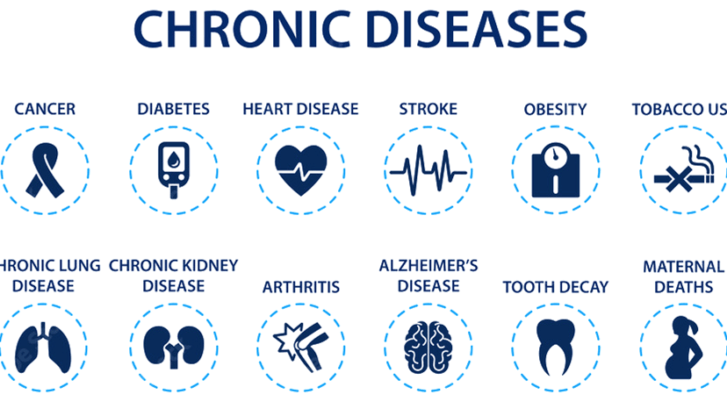The Silent Risks of “Forever Chemicals” in Everyday Items
In the realm of healthcare, particularly within the confines of a primary care office, our mission transcends treating immediate ailments; it extends to advocating for preventive measures that safeguard our patients’ long-term health. The recent revelation of potentially hazardous chemicals in commonplace products, notably in bandages—a staple in both medical facilities and households—brings to light a concerning public health issue.
Unveiling the Presence of PFAS in Bandages
A study highlighted by HealthFOX TV Stations uncovers a disconcerting truth: numerous well-regarded bandage brands, including industry stalwarts like Band-Aid and Curad, have been found to contain organic fluorine, a marker indicating the presence of per- and polyfluoroalkyl substances (PFAS) or “forever chemicals.” Given that bandages are directly applied to wounds, the implications of this finding are profoundly unsettling, especially in the context of vulnerable populations like children.
Understanding PFAS: The Ubiquitous Hazard
PFAS are a group of man-made chemicals notorious for their persistence in the environment and the human body—hence the moniker “forever chemicals.” Their widespread use across various industries, attributed to their water and stain-resistant properties, has led to pervasive environmental and biological contamination. The revelation that these substances have made their way into bandages adds a new dimension to the already complex narrative of PFAS exposure and its potential health implications.
The Implications for Primary Care
As primary care practitioners, our interactions with patients provide a unique vantage point to observe and address the ramifications of such exposures. The potential health risks associated with PFAS—ranging from hormonal disturbances to increased cancer risk—underscore the necessity for us to stay abreast of emerging research and integrate this knowledge into patient care.
- Patient Education: We must educate our patients about the potential risks associated with PFAS exposure and advocate for informed choices regarding the products they use, especially those applied to their bodies.
- Screening and Monitoring: In light of studies linking PFAS to various health conditions, we should consider these chemicals in our differential diagnoses and patient histories, particularly for conditions with obscure etiologies.
- Advocacy: Beyond individual patient interactions, there’s a broader role for us in advocating for regulatory changes that reduce or eliminate PFAS in consumer products, starting with medical supplies.
In Conclusion
The discovery of PFAS in bandages is a stark reminder of the pervasive nature of these chemicals and their potential to infiltrate even the most benign everyday items. As primary care providers, we are on the frontline, not just in treating ailments but in preventing them. Addressing the issue of “forever chemicals” is not just about responding to an immediate health scare; it’s about reevaluating the materials that come into contact with our patients’ bodies and advocating for a safer, healthier environment for all.
In this ongoing battle for health and safety, knowledge is our most potent weapon. Staying informed about the latest research and regulatory changes, educating our patients, and advocating for safer product formulations are crucial steps in mitigating the risks posed by these insidious contaminants. Our commitment to health extends beyond the clinic walls—it encompasses the world in which we live and the legacy we leave for future generations.










